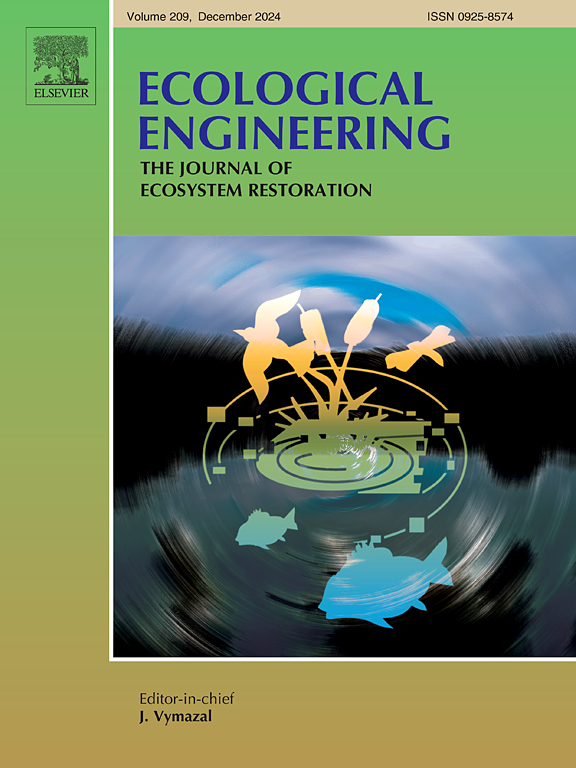The variation of soil water content and its driving factors in different melting periods in the Three River Headwaters Region: A implication for vegetation restoration
IF 3.9
2区 环境科学与生态学
Q1 ECOLOGY
引用次数: 0
Abstract
The variation of soil water content (SWC) and its driving factors are usually vital in developing vegetation restoration and ecological protection in permafrost regions. Here, to understand how SWC varied with time and space in different soil layers and to propose strategies of vegetation restoration in the Three River Headwaters Region, we collected 955 soil samples at a regional scale during 2019 to 2021. The results indicated that SWC was higher in the southeast of the region, but lower in the northwest, and the distribution range of the high value area of SWC was the largest in August and the least in July. It showed a decreasing trend with the increase of soil depths, SWC in June was 17.19 %–26.13 %, in July was 18.30 %–22.15 %, in August was 19.74 %–30.47 %, and in September was 19.20 %–27.33 %, and the mean SWC of 0–80 cm was August > September > June > July. At the entire regional scale, soil bulk density exerted a first order control on the SWC variation. Moreover, slope gradient, normalized difference vegetation index, temperature, and altitude played important roles in affecting SWC in different melting periods. The results provided effective implications for proposing corresponding strategies of vegetation protection and restoration in different melting periods. Our results provided scientific support for water resources management, vegetation restoration, and ecological protection in this region.
求助全文
约1分钟内获得全文
求助全文
来源期刊

Ecological Engineering
环境科学-工程:环境
CiteScore
8.00
自引率
5.30%
发文量
293
审稿时长
57 days
期刊介绍:
Ecological engineering has been defined as the design of ecosystems for the mutual benefit of humans and nature. The journal is meant for ecologists who, because of their research interests or occupation, are involved in designing, monitoring, or restoring ecosystems, and can serve as a bridge between ecologists and engineers.
Specific topics covered in the journal include: habitat reconstruction; ecotechnology; synthetic ecology; bioengineering; restoration ecology; ecology conservation; ecosystem rehabilitation; stream and river restoration; reclamation ecology; non-renewable resource conservation. Descriptions of specific applications of ecological engineering are acceptable only when situated within context of adding novelty to current research and emphasizing ecosystem restoration. We do not accept purely descriptive reports on ecosystem structures (such as vegetation surveys), purely physical assessment of materials that can be used for ecological restoration, small-model studies carried out in the laboratory or greenhouse with artificial (waste)water or crop studies, or case studies on conventional wastewater treatment and eutrophication that do not offer an ecosystem restoration approach within the paper.
 求助内容:
求助内容: 应助结果提醒方式:
应助结果提醒方式:


